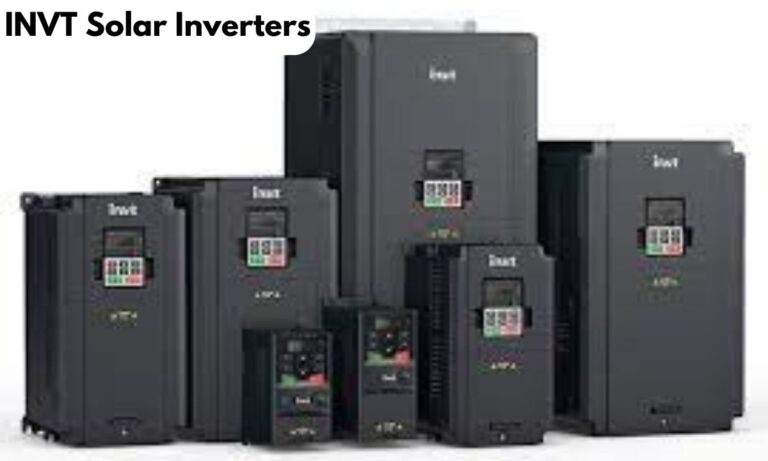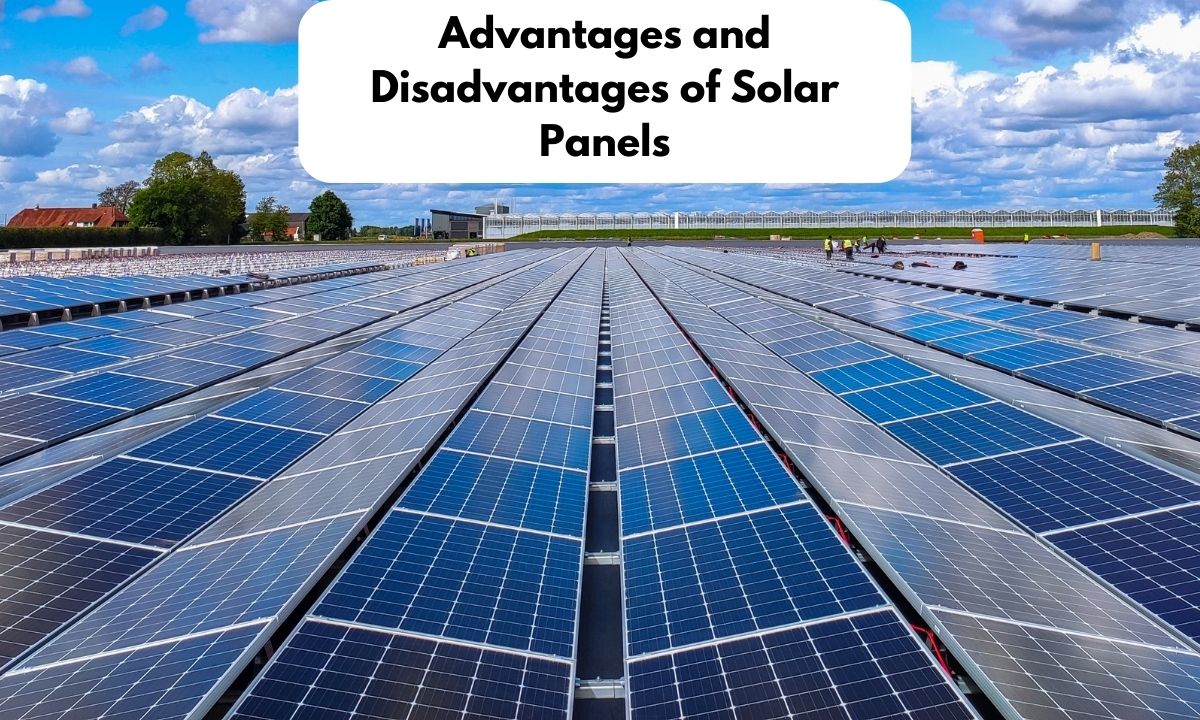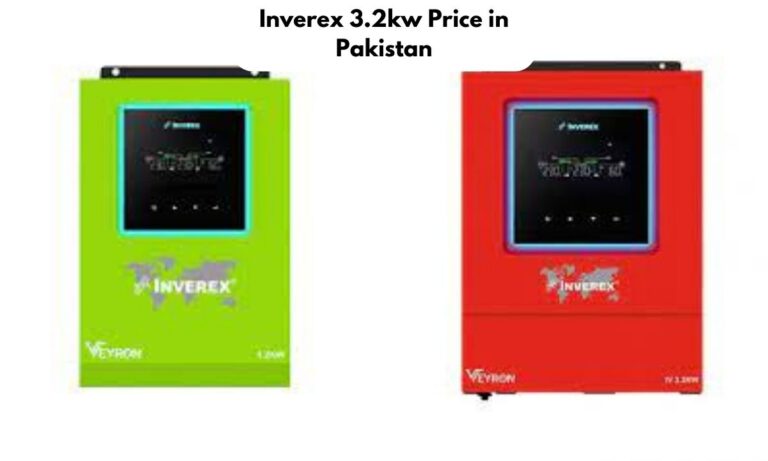What is a P-type solar Panel? (Find Out)
Tapping into the sun’s energy, solar panels have transformed how we produce electricity. One standout in the world of solar panels is the P-type variety, gaining popularity for good reasons. These panels stand out thanks to their distinct design, featuring a negatively charged bulk c-si region achieved through boron doping and a positively charged top-emitter layer created by phosphorus doping.
This clever arrangement enables P-type solar panels to efficiently turn sunlight into usable electricity, playing a crucial role in the global shift toward cleaner energy sources. Despite the presence of other solar panel types like N-type, P-type panels remain at the forefront of the market due to their proven performance and reliability.

| Aspect | P-Type Solar Panels |
| Definition | Solar panels with a negatively charged bulk c-Si region (due to boron doping) and a positively charged top emitter layer (due to phosphorus doping). |
| Functioning | Sunlight creates “holes” in the p-type silicon, causing the electric field to move electrons to the n-type layer and holes to the p-type layer. This movement creates a flow of electricity. |
| Advantages | Cost-competitive, high market presence, high resistance to radiation and degradation. |
| Disadvantages | Suffer from light-induced degradation (LID) which can reduce module performance by up to 10% in a few weeks. |
| Applications | Tolerant to radiation damage, making them suitable for space applications and popular in the commercial/residential solar industry. |
| Market Dominance | Produced using Al-BSF and PERC technologies, they have dominated the market due to their affordability and established manufacturing processes. |
| Choosing Factors | Budget, energy needs, and available installation space are key factors. P-type panels are more affordable but less efficient than N-type panels. |
Unlocking the Secrets of P-Type Solar Panels
Bulk c-Si Region and Boron Doping
In the world of solar energy, P-type solar panels stand out with their unique design. One key feature is the bulk crystalline silicon (c-Si) region, which holds a predominantly negative charge. This negativity comes from adding boron atoms to the silicon. Boron, having one less electron than silicon, creates “holes” or positive charge carriers in the silicon structure. The bulk region of a P-type solar cell usually contains around (10^{16}) boron-doped atoms per cubic centimeter, with a thickness of approximately 200 micrometers.
Top Emitter Layer and Phosphorus Doping
Moving on to another crucial aspect, the top emitter layer of P-type solar panels carries a positive charge, thanks to the infusion of phosphorus. Unlike boron, phosphorus brings an extra electron to the table, contributing free electrons to the material and creating an n-type semiconductor region. This layer is thinner than the bulk region, typically measuring 0.5 micrometers in thickness, and has a higher doping density of (10^{19}) phosphorus-doped atoms per cubic centimeter.
Comparing P-Type with N-Type Solar Panels
Distinguishing P-type from N-type solar panels revolves around the type of doping and the resulting electrical charge in the bulk region. N-type panels have a negatively charged bulk c-Si region due to phosphorus doping, while their top emitter layer carries a positive charge from boron doping. This inversion in doping materials results in distinct electrical properties and performance characteristics. N-type panels boast higher efficiency, reaching up to 25.7%, compared to P-type panels with an efficiency of 23.6%. However, P-type panels hold an edge with more established manufacturing processes, making them a cost-competitive choice.
Market Popularity
Navigating Solar Choices: P-Type vs. N-Type Panels in Pakistan
Throughout history, P-type solar panels have been the go-to choice in the solar market, boasting cost-effectiveness and well-established manufacturing methods. In Pakistan, the preference for P-type panels has been shaped by their wallet-friendly manufacturing costs, making them the more budget-friendly option for consumers. However, the solar scene is undergoing a subtle transformation.
The quest for higher efficiency and more power output is steering the spotlight toward N-type panels. Despite their steeper manufacturing price tags, N-type panels are gaining traction due to their impressive performance and efficiency. The landscape is changing thanks to technological strides, economies of scale, and persistent research endeavors.
These factors are working together to bridge the cost difference between N-type and P-type panels, making N-type technology increasingly feasible. Yet, the decision between the two ultimately hinges on project specifics, considering performance expectations and cost factors.
As the solar industry marches forward, both N-type and P-type panels are anticipated to maintain crucial roles in the market. Looking back, Pakistan’s embrace of solar technology has been motivated by the nation’s quest for renewable energy and the affordability of P-type panels. As the market dynamic shifts and N-type panel costs decline, these panels will probably carve out a larger space in the spotlight in the days to come.
Performance and Efficiency
Heading: Understanding Radiation Resistance in P-Type Solar Panels
P-Type solar panels are renowned for their robust resistance to radiation and degradation, making them a preferred choice for space applications. The secret lies in the boron doping method employed during their creation. This boron-doped silicon foundation endows the panels with an exceptional ability to withstand radiation, ensuring durability and reliability even in the harshest space environments.
Heading: Shedding Light on Light-Induced Degradation (LID) in P-Type Panels
Despite their overall resilience, P-type solar panels face a unique challenge known as Light Induced Degradation (LID). LID entails a decline in power output and performance in the initial hours of sunlight exposure for crystalline P-type boron-doped silicon solar cells. The culprit here is the formation of boron-oxygen complexes in the silicon lattice, which can trap electrons and holes, diminishing the photovoltaic effect.
In the initial phase of use, P-Type panels may experience a power loss of around 3%, a phenomenon termed power stabilization kicks in afterward. Power stabilization refers to reduced power loss in subsequent years of use. The extent of degradation due to LID varies between 1-3%, influenced by the quality of the manufactured wafer. In some cases, the interaction of boron with oxygen in the air can lead to a performance drop of up to 10% over time.
Heading: Balancing Challenges and Benefits in P-Type Panel Utilization
Despite the hurdle posed by LID, P-type solar panels remain popular due to their affordability, widespread availability, and high resistance to radiation. However, the industry is actively engaged in ongoing research and technological advancements to address LID effects, aiming to enhance the overall performance and efficiency of P-type solar panels. This commitment to improvement ensures that these panels continue to be a reliable and viable option for various applications.
Cost Considerations
Traditional P-type solar panels have been the go-to choice in the market because of their cheaper production. But, as manufacturing processes improved and large-scale production became more streamlined, the cost difference between P-Type and N-Type panels has narrowed down.
N-type panels are usually more effective, experiencing less light-induced wear and tear, but they do come with a higher price tag compared to P-type panels. Despite the increased cost, there’s a growing anticipation that N-type cells will gain popularity in the future.
People are actively seeking ways to enhance solar panel efficiency and reduce the manufacturing expenses associated with N-type cells. This shift suggests a potential rise in the adoption of N-Type panels over time.
Factors Influencing the Choice Between P-Type and N-Type Panels
Selecting between P-Type and N-Type solar panels involves considering various factors like your budget, energy requirements, and the space available for installation. If you’re on a tight budget, P-type panels usually make more economic sense. On the other hand, if you need a lot of energy and have limited installation space, the higher efficiency of N-type panels might justify their initial higher cost.
In the context of Pakistan, the decision to embrace solar PV technology is shaped by factors such as awareness, willingness to invest, and social acceptance. Consequently, when deciding between P-Type and N-Type panels, these considerations come into play.
Conclusion
P-type solar panels have long been a mainstay in the solar industry, cherished for their cost-effectiveness and resilience against radiation and wear. With a negatively charged bulk c-Si region from boron doping and a positively charged top emitter layer from phosphorus doping, these panels have firmly established themselves in the market.
Despite facing the challenge of Light Induced Degradation (LID), which can impact their efficiency, these panels remain popular for both every day and space applications.
Throughout the history of the solar panel market, P-type panels have held sway, especially in places like Pakistan where cost is a crucial factor. However, the industry is gradually seeing a shift toward N-type panels. While these panels boast higher efficiencies and less degradation over time, they do come with a higher upfront cost.
As the solar industry progresses, P-type solar panels are expected to retain their importance. Ongoing enhancements in manufacturing processes and materials aim to address challenges like LID, solidifying P-type panels’ role in achieving a balance between performance, cost, and the practicalities of deploying solar technology.
Looking ahead, P-type panels will continue to play a pivotal role in the global shift towards renewable energy, even in the face of emerging technologies and shifting market dynamics.






